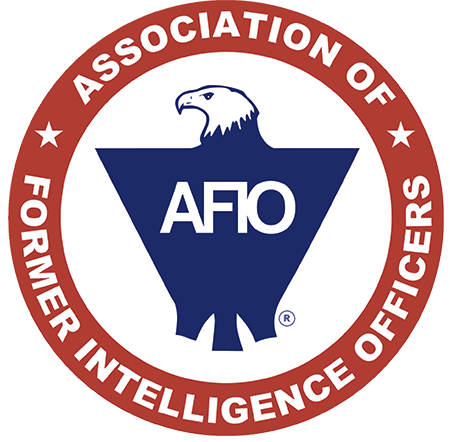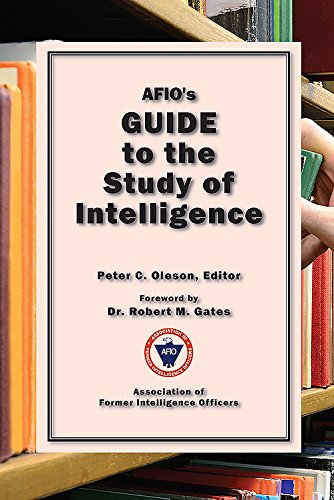
Join AFIO Member Login
You are logged in as Logout DONATE

A guide for professors, students, those considering careers in intelligence, and current/former officers seeking to see what changes are taking place across a wide spectrum of intelligence disciplines

Eighty-two finely-honed articles by intelligence and academic experts provide succinct reviews and suggested readings on a wide range of historical and current intelligence disciplines to help instructors teach about the subjects that make up the field of intelligence. This includes secondary school teachers of American History, Civics, or current events and undergraduate and graduate professors of History, Political Science, International Relations, Security Studies, and related topics, especially those with no or limited professional experience in the field.
In seven parts:
Useful for those who are former practitioners since most in the IC likely have only a limited knowledge of the very broad field of intelligence, as most spend their careers in one or two agencies and may have focused only on collection or analysis of intelligence or support to those activities. Professors, students, those considering careers in intelligence, and current/former officers seeking to see what changes are taking place across a wide spectrum of intelligence disciplines would also get much from this compact reference work.